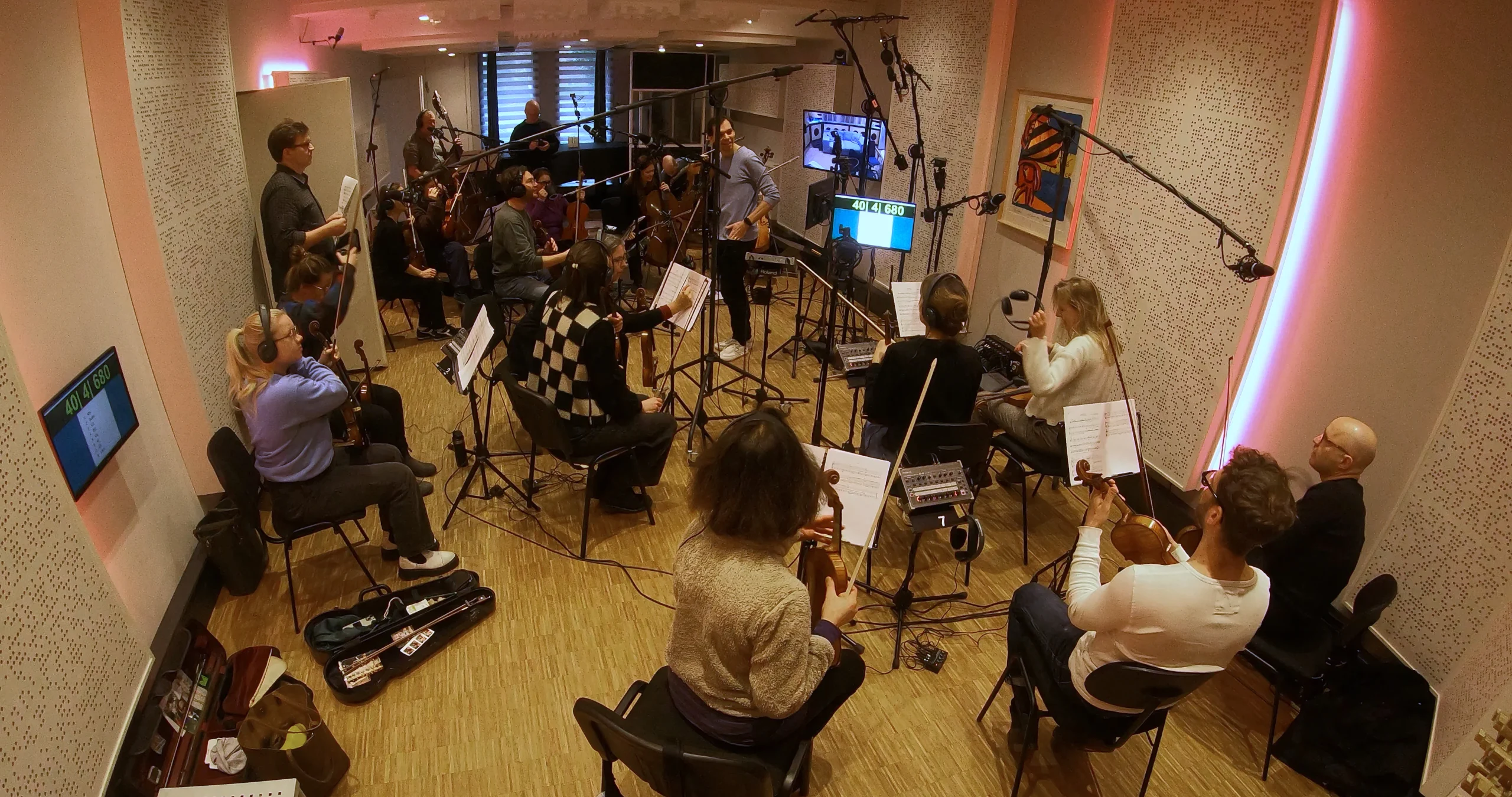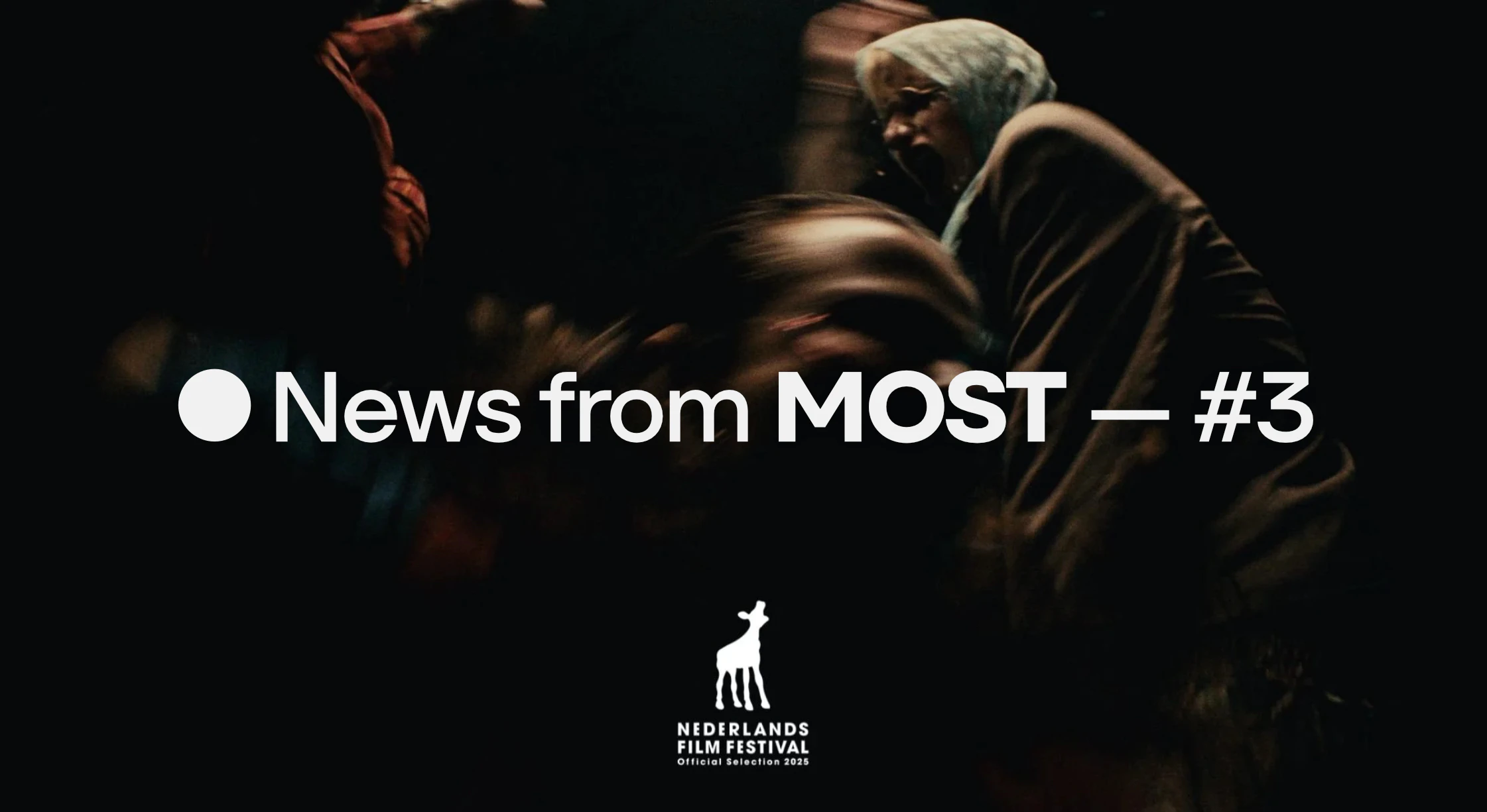EXHIBITION
Fleeing Hitler: The Oznowicz Family’s Journey to England
The story of Isidore and Francoise Oznowicz, the parents of Frank Oz. They fled Antwerp in 1940 and made the dangerous journey to England through France, Casablanca and Lisbon. The exhibition connects items from the National Archive, their hand-made marionettes and a poignant interview between Frank and his father.
In an ideal world, the source material we work with – meaning, the audio recordings we use – is of impeccable quality. But in the real world, there can be perfectly fine reasons why source material is not as good as you’d hope for. For example, the audio could originate from historic sources, might be damaged somewhere along the way, or was simply recorded in challenging circumstances.
We’ll fix it in post
Sure, we’ll fix it in post – or at least, go from inaudible to understandable again. In this Note we will show you step by step what we can do to improve a recording that is lacks in quality. We’ll use a very clear example: a historic recording that is in need of a lot of improvement. But we would argue that there are actually a lot of situations where gentler corrections to the audio also make a significant difference. A professional audio production will give any media a deeper level of impact. Even when played on mobile (or other small) speakers, because a good mix will translate better to all playback environments.
Archive material
In this example we will restore an old interview with Frank Oz and his father. The interview tells the story of Isidore and Francoise Oznowicz, the parents of Frank Oz fleeing Hitler, as used in an exhibition. Our goal is to make him intelligible while maintaining the authentic feeling – because a completely hi-fi recording would sound out of place with this historic video. Client feedback on a first version was that it sounded ‘too good’.. and we agreed! So, it still needs to sound old, but preferably it should sound a lot better too. That was our mission.
There are a few aspects Matthijs had to deal with: the original recording is old and recorded in a somewhat noisy environment, so the noise of the environment and the noise of the recording equipment add up. Then the recording was digitalised as it was, and not restored right away. This caused some additional hiccups in the material. In the next video you will see & hear step by step what Matthijs did to improve the audio. Keep in mind the video is a simplified presentation of the restoration work – in reality, the steps in the process, which we simply switch on and of in the video, each take some time and careful calibration to get right.
These are the main steps, as demonstrated in the video:
- Isolate the voice / remove all the non-voice sounds. This way, we get rid of most of the hiccups in the sound
- Equalize the sound (change the frequency balance) for improved intelligibility and a more pleasing sound, and:
- Put saturation on the sound to improve clarity – in other words: create overtones based on the original frequencies present in the recording
- Lastly, blend this processed (‘wet’) sound with the original (‘dry’) sound. This means adding some of the unprocessed sound back in the mix, to retain the authenticity, while maintaining the much improved intelligibility of the processed signal.
In the video, we have combined step 2 and 3 as they both work on the frequency spectrum of the sound, and are more easily heard when combined.
Do you have a problem?
We process (voice)recordings on a daily basis. Every recording is different and needs a personal approach. Even when we record in our state-of-the-art studio, it happens that we have to fix a recording. Maybe the voice-actor has a lot of mouth clicks. Or maybe the S’ess are at the sweet-spot of the microphone and are picked up twice as loud. These are all common problems which are fixed easily. Audio that is recorded on location often needs a bit more work, especially if it is recorded from handheld camera’s and/or multiple sources. But, with a a little love and more important 🌈audio restoration🌈 there is a lot we can do. So, we’ll fix that in post, too!
And improving your audio needn’t be expensive – often we can significantly improve audio material within an hour. Not sure if we can restore your audio material? Don’t hesitate to ask Matthijs for a quick diagnosis & proposed treatment (free of charge).
Reach out to Matthijs matthijs@most.amsterdam


